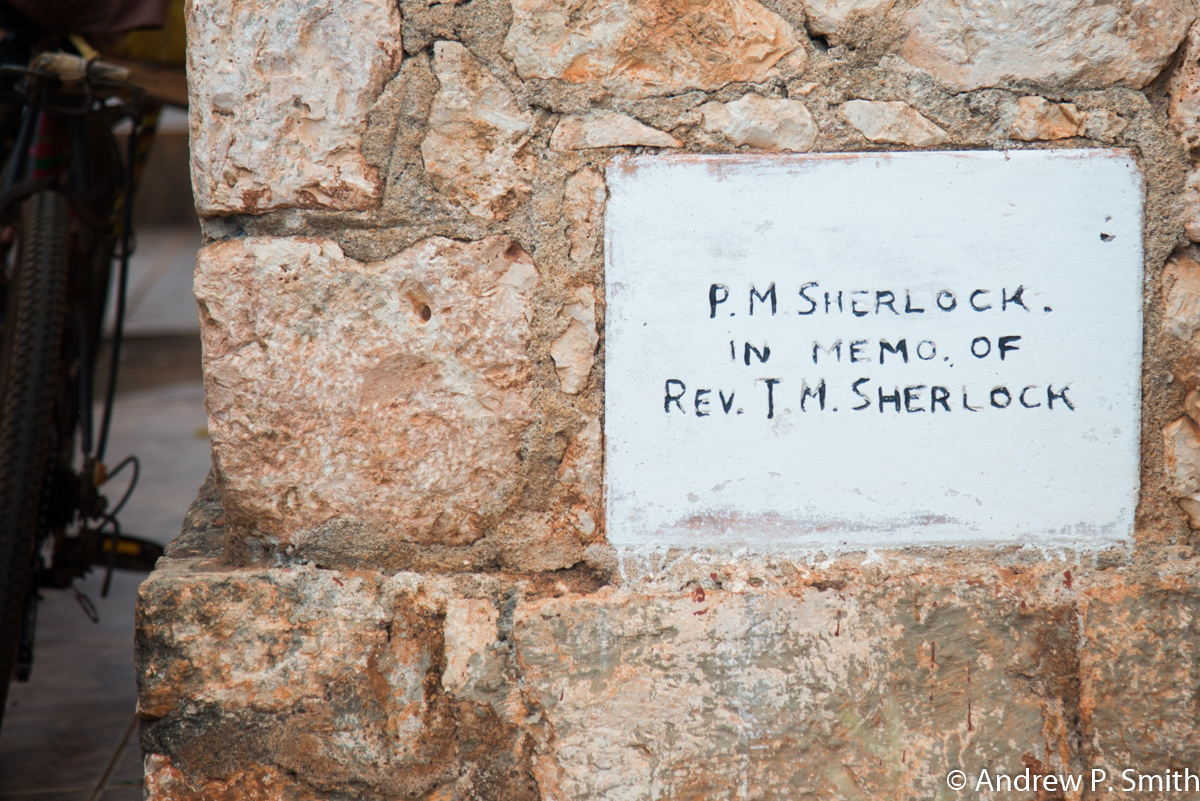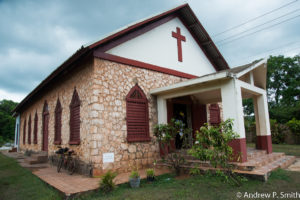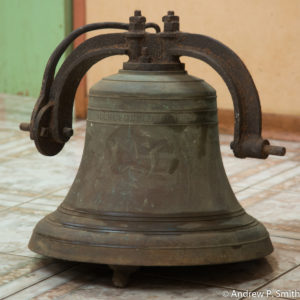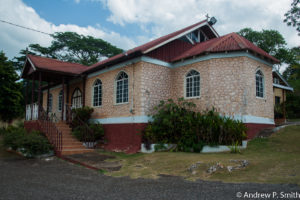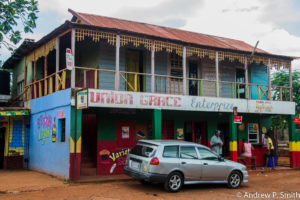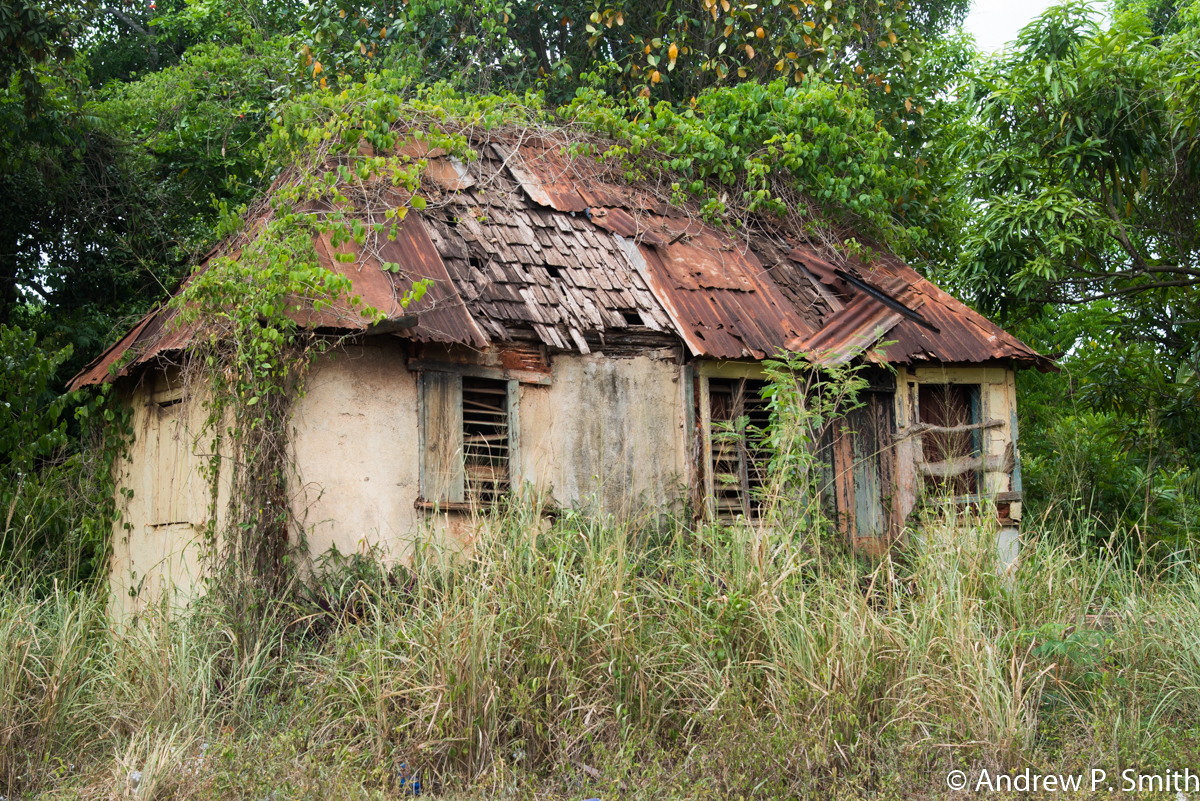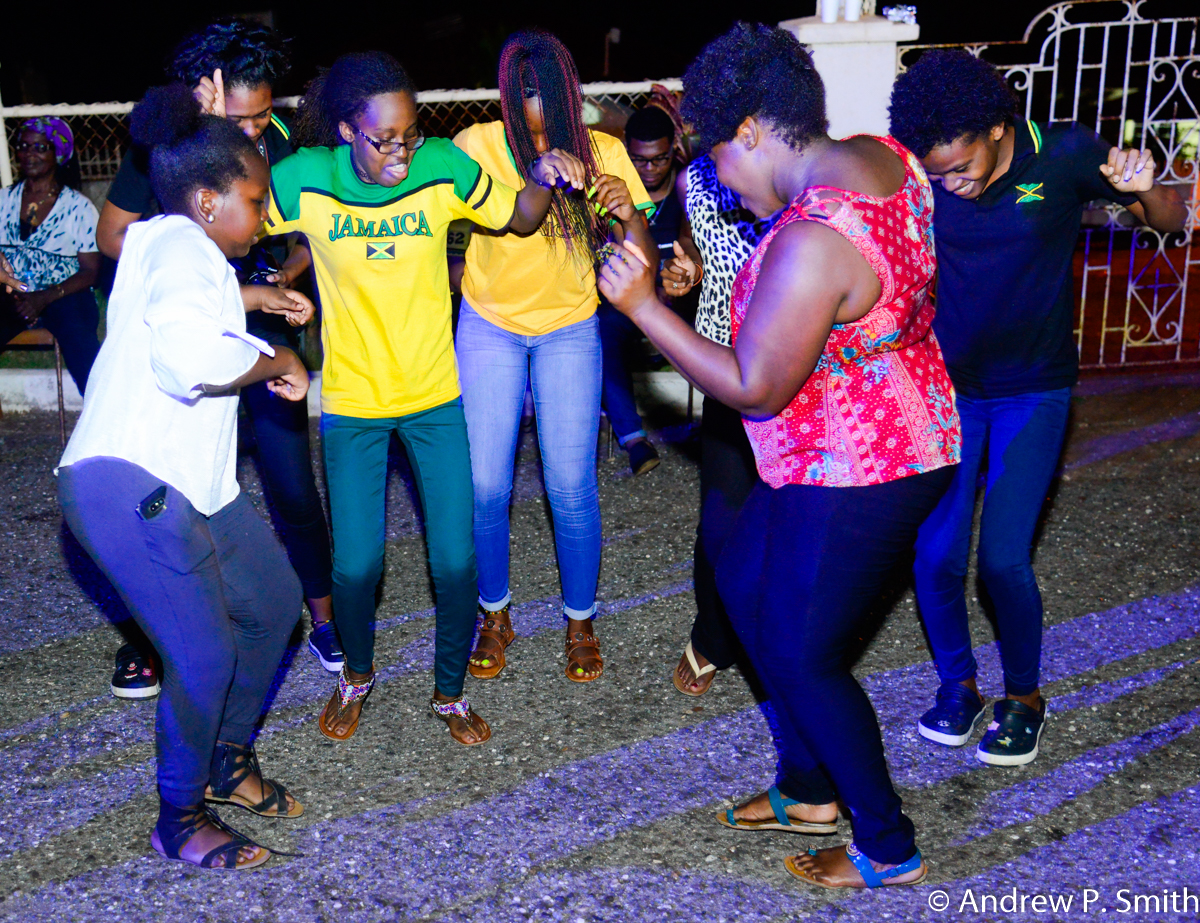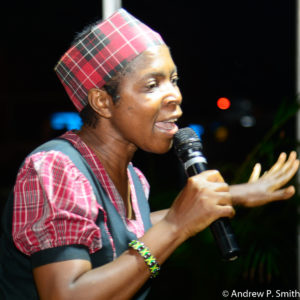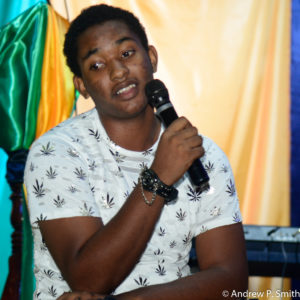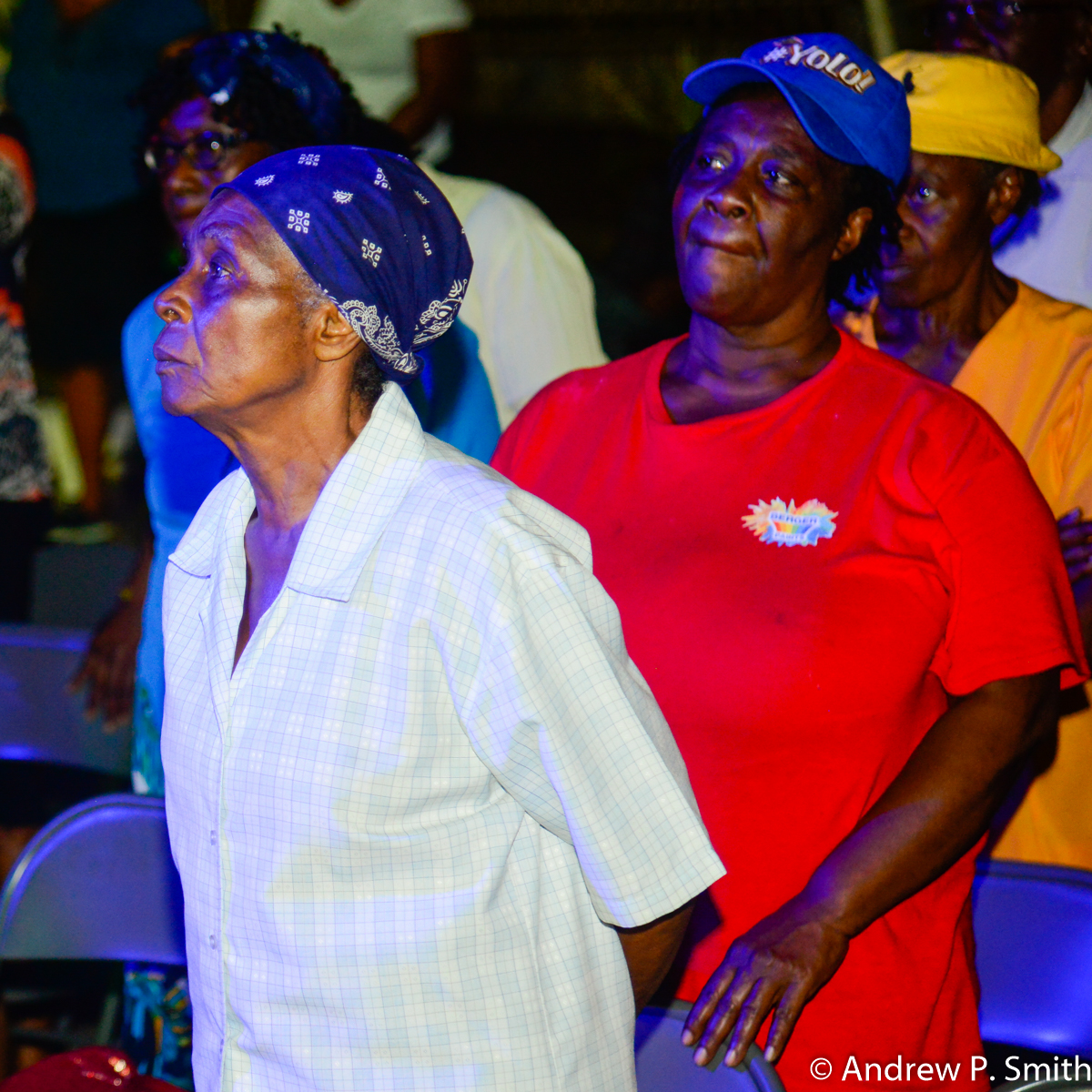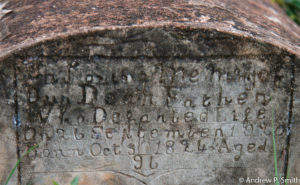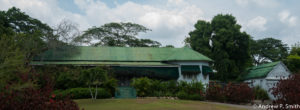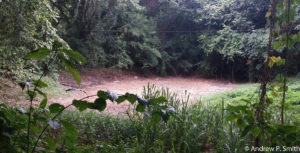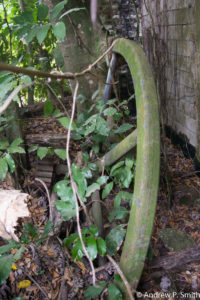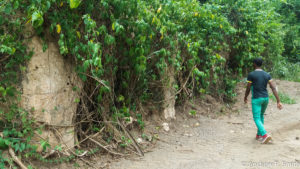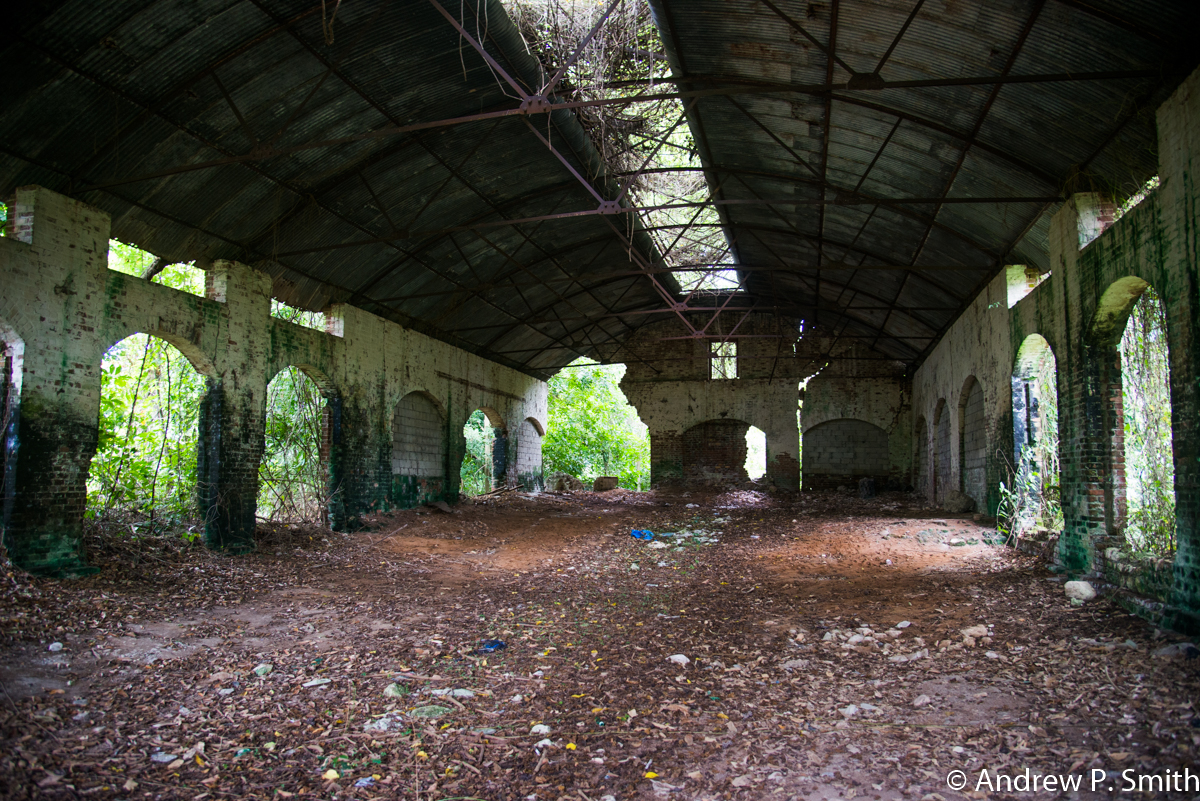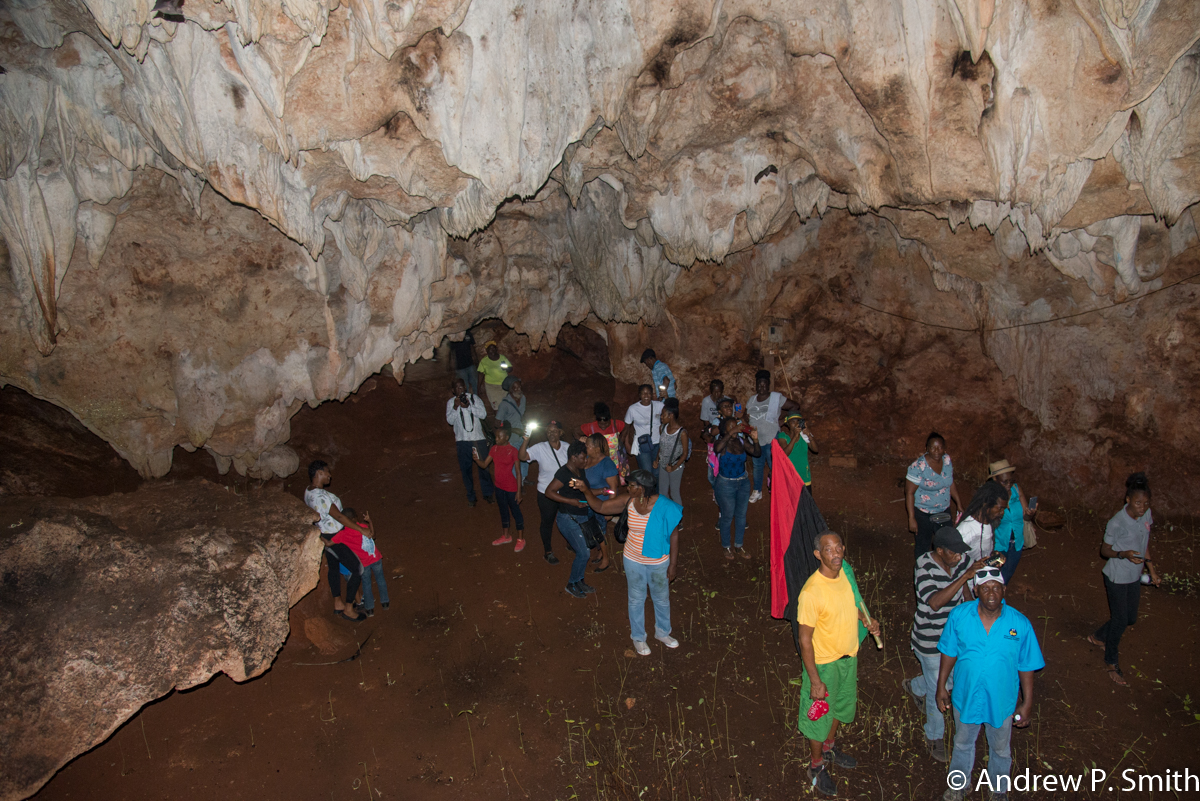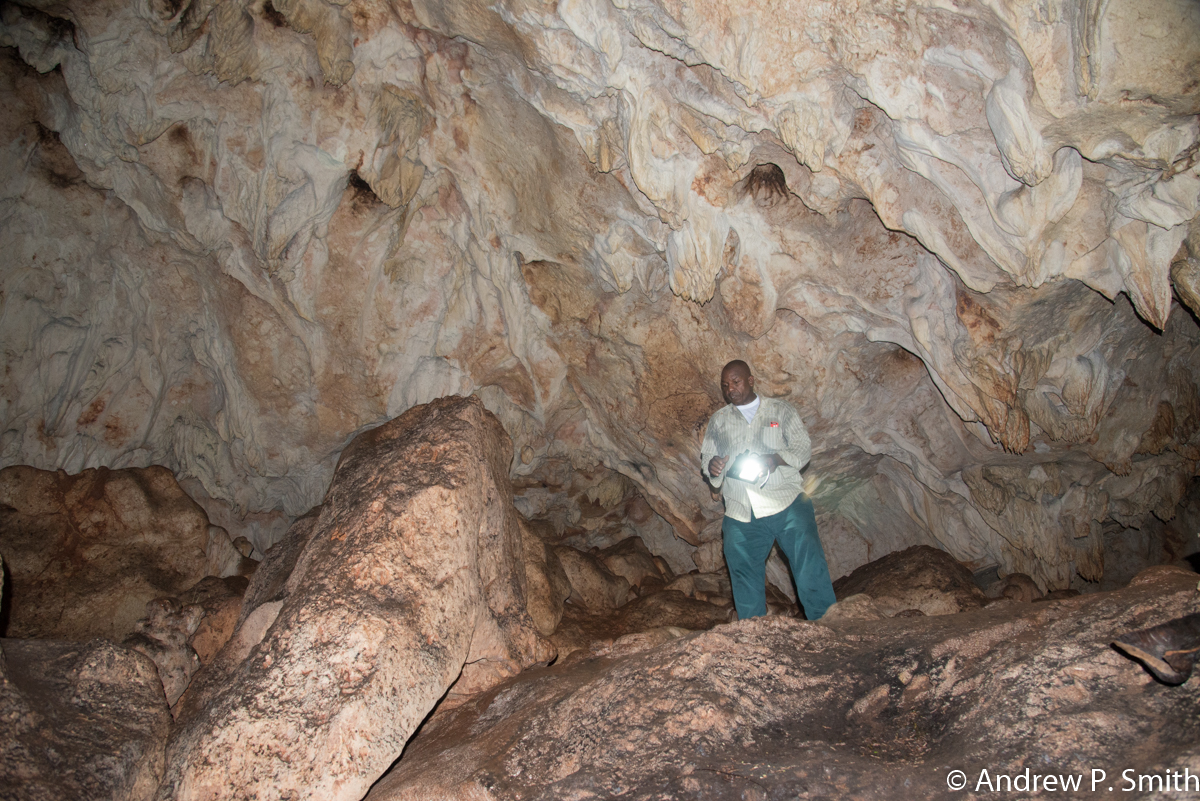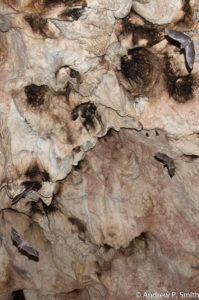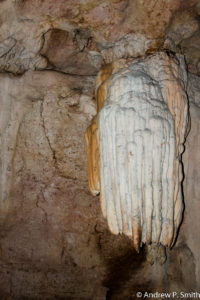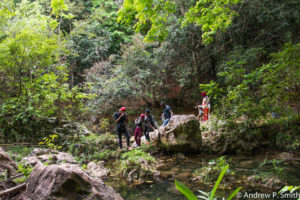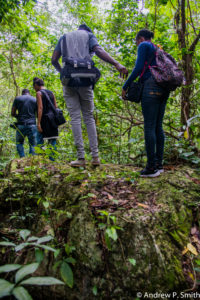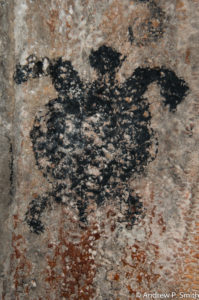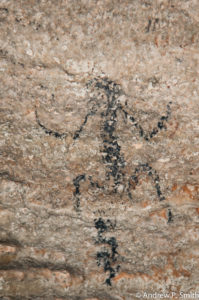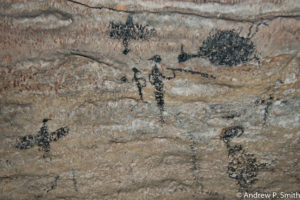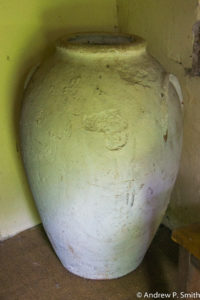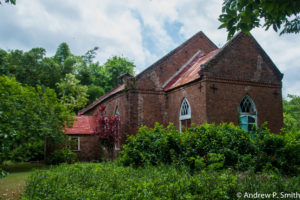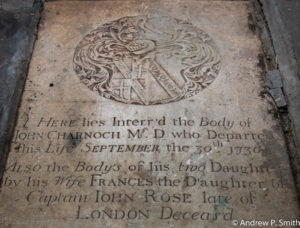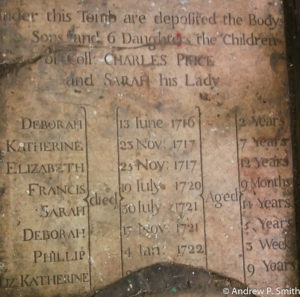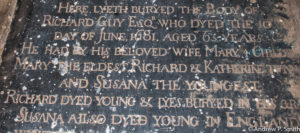In the final installment on the rich cultural heritage and history of the Free Village of Kitson Town, we now examine the remnants of post-emancipation Jamaica and plans for the 21st century.
The Free Village of Kitson Town near the old Jamaican capital of Spanish Town in St. Catherine continues to impress me with the wealth of its cultural heritage – both tangible and intangible. In Part I of this series, I looked at evidence of the Tainos and early Europeans, and in Part II I focused on the legacy of slavery. I will now be looking at evidence of post-emancipation activity in Kitson Town and share the community’s vision for 21st century development.
FOOTSTEPS OF OUR FOREFATHERS
Kitson Town, as with every community in Jamaica, is rife with churches of all denominations. However, not all Jamaican churches possess traces of the nation’s founding fathers. This is the case of the Red Hills Methodist Church which has a cornerstone laid in the memory of Rev. T. M. (Terence Manderson) Sherlock, laid by his son Sir Philip M. Sherlock.
Rev. Terence Sherlock was the father of Rev. Hugh B. Sherlock, who among others things, penned Jamaica’s National Pledge, and in 1962, wrote the words of Jamaica’s National Anthem, Jamaica, Land We Love. His brother, Sir Philip was an author and educator, becoming the Vice-Chancellor of the University of the West Indies in 1964. It is also said that the families of Norman Washington Manley and Alexander Bustamante, two of Jamaica’s National Heroes attended this church.
The Kitson Town Baptist Church possesses a legacy that pre-dates that of Red Hills Methodist. This takes the form a church bell that was founded in 1893. It is a sad reflection of current Jamaican society that it has to be locked away in order to protect it from being stolen for the scrap metal industry.
Both the Kitson Town Baptist Church and the Red Hills Methodist Church are built from cut limestone, in a technique that harks back to the days of slavery. The existing structures appear to be built in the 20th century.
A sight that gave me food for thought was the building that was the former home of the former Mayor of Spanish Town, Arthur King. The building is a good example of Jamaica’s vernacular architecture, and now serves as a shop.
To me, the most interesting building was a small abandoned structure on the main road between the Methodist and Baptist churches. This building is a legacy of a construction technique that dates to 16th century Jamaica known as wattle and daub. According to the Encyclopedia of Jamaican Heritage, this method uses red clay plastered over a wooden frame of woven wattles. The framework of wattles – consisting of a flexible round wood such as bamboo – is built first and then dried and shrunk. A plaster consisting of lime, earth, mortar or clay is daubed over the framework, encasing it.
THE WAY FORWARD
In order for Kitson Town to make the most of its rich cultural heritage, it has to tap its greatest resource – its people. Efforts are being made to do this, as was in evidence at the recent Emancipation Vigil held on the grounds of the Kitson Town Baptist Church on July 31, the eve of Jamaica’s Emancipation Day.
Emancipation Vigils are held in some Jamaican communities to enact and remember when the Emancipation Proclamation was read on August 1, 1838, giving Jamaica’s slaves full freedom. At Kitson Town this vigil took the form of cultural performances, the serving of Jamaican food, Jamaican music, reflections of Jamaica and Kitson Town’s history and prayer and thanksgiving.
Guest speaker was sustainable development consultant Robert Kerr, who emphasized that in order for Jamaica and Kitson Town to move forward in the 21st century, restoration of the people must take place. This restoration has to occur mentally, socially, spiritually and in terms of reconnecting to the land.
I was impressed by the variety of cultural presentations. The performers included a high school student, a church deacon, and a police inspector. Presentations included folk tales, singing and gospel dub poetry. Enthusiastic dancing and singing by both young and old to Jamaica’s late cultural icon Ms. Lou (Louise Bennett-Coverly) took place, and it was only fitting that midnight prayers were preceded by Bob Marley’s Redemption Songs.
Based on the cultural wealth that exists in Kitson Town, it is only apt that the Kitson Town Community Development Committee (CDC) seeks to build on this wealth in order to achieve sustainable development. By so doing, it is in line with an objective of the 1841 creation of Kitson Town, which was to “…materially contribute to the comfort and advantage of the (residents), and to a more extensive and ready development of the resources of the country.”
